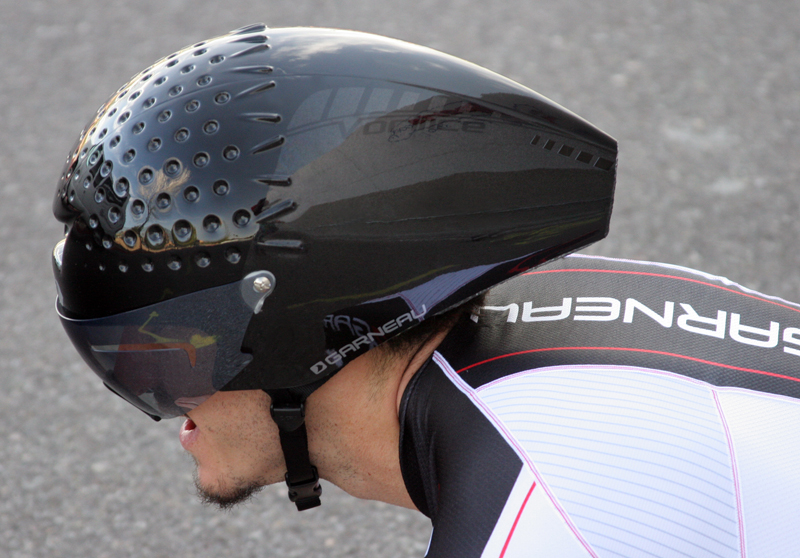I've probably spent 150 hours of tunnel time looking at wax, coatings, surface finish, etc.. both during and after our dimple patent and would add this..
Codygo is spot on, all of this is regime dependent, so what works on a racecar or commercial aircraft is pretty different from what we are looking at here... of course, aircraft, race cars and boats all use turbulators in some form or another (dimples are one form) to reduce separation. I've never done hydrodynamics but know some who do and there are some key differences due to the surface tension effects of the water..so the roughness on a surfboard may be more about surface tension than or some other boundary condition effect than about pure hydrodynamic drag.
I've seen very small order gains/losses at cycling speeds between surface coatings, wax, polishing, liquid coatings, etc... none of them have proven robust enough or repeatable enough to matter. The key to the dimples was that they proved over and over to improve reattachment of flow to the rim after it had become detached. So if you run product in the wind tunnel from 0-30 degrees, you get one curve that generally shows flow detaching at 12ish degrees sometimes more or less..but as you yaw from 30-0 (something most aren't doing) the reattachment generally occurs at 4-6 degrees.. back in the early 2000's we realized that roughness on the rim could improve this and the original 808 had a detachment angle of 13 and a reattachment of 12 which was a pretty big deal at the time. \
So, like most of this aero stuff, the answer really lies more in the conditions and specifics of the situation, but things like surface roughness are likely to have effects in very limited regimes.. which may or may not be significant for all athletes. Similar to this, I'd point out the vortex generators (a turbulator) on the top surfaces of aircraft wings.. they are really only adding drag for 99% of the flying time of the aircraft as they aren't necessary or beneficial for steady-level flight, but they can be critical to flow attachment or reattachment during high pitch conditions occurring during takeoff and landing, and for this reason, you will continue to see them for years to come.
Josh
http://www.SILCA.cc Check out my podcast, inside stories from more than 20 years of product and tech innovation from inside the Pro Peloton and Pro Triathlon worlds!
http://www.marginalgainspodcast.cc
